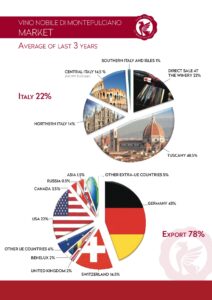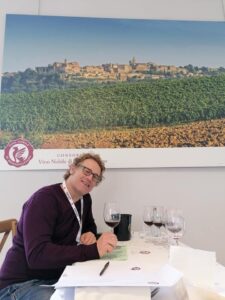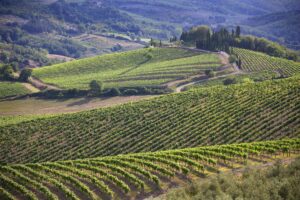 Chianti Classico Collection in 2021 becomes “Chianti Classico Connection”
Chianti Classico Collection in 2021 becomes “Chianti Classico Connection”
The Black rooster is an identifying symbol of one of the most interesting wine areas in Italy. It is a wine that is always evolving. Chianti Classico is a land of such versatility and richness that could be confusing, that’s why the Consortium has an important role in spreading awareness and territorial promotion. The Collection is an annual event of the Anteprime Toscana, dedicated to one of the most fascinating wine areas in the world.
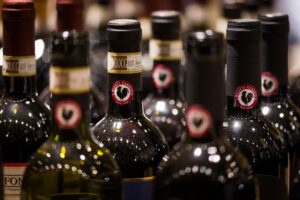 The “Collection”, this year, was entitled “CC” (Chianti Classico) “Connection”. This global event is synchronized in 5 different countries, including multiple days at the end of May for Chicago, Florence, London and New York and the end of June was reserved for Munich, and Tokyo. In these six important cities, the Black Rooster presented a hybrid format combining an in-person tasting for the sector’s professionals and online interaction with the producers. The Consortium gathered a selected international audience from the wine sector, with the attendance being over 2,800 experts and members of the press, 400 wines being presented with10,000 bottles being tasted.
The “Collection”, this year, was entitled “CC” (Chianti Classico) “Connection”. This global event is synchronized in 5 different countries, including multiple days at the end of May for Chicago, Florence, London and New York and the end of June was reserved for Munich, and Tokyo. In these six important cities, the Black Rooster presented a hybrid format combining an in-person tasting for the sector’s professionals and online interaction with the producers. The Consortium gathered a selected international audience from the wine sector, with the attendance being over 2,800 experts and members of the press, 400 wines being presented with10,000 bottles being tasted.
The 27th edition of the Collection was held In Florence, the 20th and 21st of May, in the beautiful Cloister of the Santa Maria Novella Museum, in the 14th-century Dominican convent attached to the Basilica, an iconic symbol of the Renaissance.
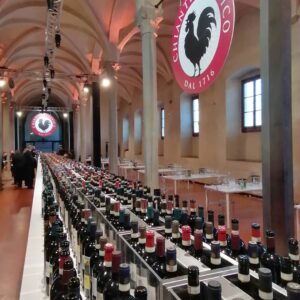 Chianti Classico Moving Forward
Chianti Classico Moving Forward
The Chianti Classico area is a unique “mosaic” of microclimates to discover. It is a wine district always in evolution. Two main measures approved recently: the Consortium formally introduced 11 subzones “Unità Geografiche Aggiuntive (UGA)”, allowing different villages to further express the versatility of the Chianti Classico area, and to label their production with the specific name of their land. The Members of the Council also embraced the introduction of new tight specifics on the Gran Selezione category, showing off the increasingly widespread tendency to enhance the full potential of Sangiovese.
Chianti Classico New Sites on Subzones
This new “micro-site identification” was attributed not only to geological and scientific studies, but also from the so-called human factor, in terms of local culture and traditions. The UGA applies only to the Gran Selezione wines which is t 6% of the production of the vintage but with the goal of broadening it to Riserva and Chianti Classico wines.
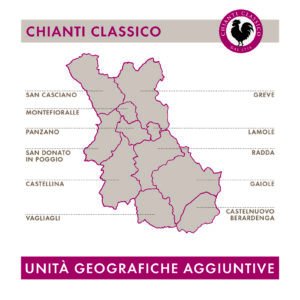 Gran Selezione Regulation Switches Toward Sangiovese
Gran Selezione Regulation Switches Toward Sangiovese
The other step was made on the specifications to further the restrictions for the blend of the Gran Selezione. The new approved proposal increases the proportion of the Sangiovese to a minimum of 90%, and eliminates the international grapes in any blend of the Gran Selezione. Finally, the remaining 10% is limited only to Chianti Classico native grapes: Canaiolo, Colorino, Malvasia Nera., and others.
Chianti Classico the Ultimate Wine Destination
The Chianti Classico region has for centuries been one of the most popular destinations for wine enthusiasts. It is a wine paradise held by the arms of its two historical capitals: Florence and Siena.
This area is mainly covered with woodlands, principally oak, chestnut and pine as well as cypress, situated on a plateau at altitudes between 200 and 800 metres. The highest altitude for growing grapes for Chianti Classico wine is 700 metres a.s.l. The local climate is continental with significant day-night temperature variation, generally low winter temperatures – below 4-5°C – and hot, dry summers, often reaching temperatures of over 35°. Geologically the land is a shield of clayey schists (marl), with layers of scaly clay, alberese and fine limestone sandstone.
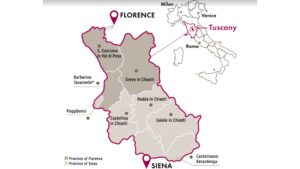 Chianti Classico Passport
Chianti Classico Passport
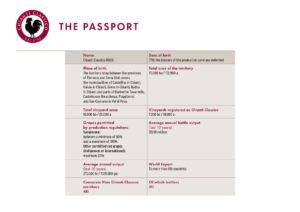
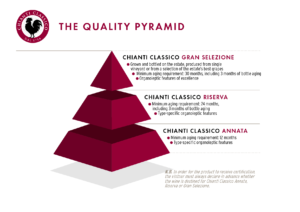 Chianti Classico is offered in three different types that represent its qualitative pyramid:
Chianti Classico is offered in three different types that represent its qualitative pyramid:
Chianti Classico ‘Annata’
Chianti Classico ‘Riserva‘, and
Chianti Classico ‘Gran Selezione’
Chianti Classico – A Wine Lovers’ Paradise
Chianti Classico gets its name from an area of Tuscany that is famous for its food, lush rolling hills and medieval towns. A territory to discover through extraordinary wine estates, luxury retreats, beautiful landscapes, historical charming buildings, superb wine and exceptional restaurants. A wine-vocated area that, every year, attracts professionals and wine lovers from all over the world. To assist visitors through the exploration of an area fundamental for our region’s history and culture, the Consortium has now launched the Chianti Classico Card.
A passe-partout to open all the doors into the Gallo Nero world: over 200 unforgettable experiences are available through this card, from guided tastings in the wineries to picnics in the vineyards, visits to museums in the area, and discovering artistic and architectural treasures hidden among the vine rows of Chianti Classico. The Gallo Nero Card aims to guide tourists through an exploration of one of the fundamental elements of our region’s history and culture: Chianti Classico wine and all the gems of its production territory.
My tasting at C.C.C 2021
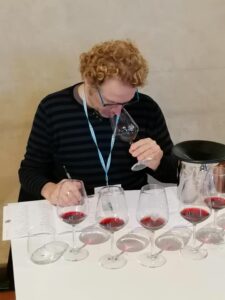 Having spent only one day at Chianti Classico Collection, I have reviewed 162 wines, from Annata Chianti Classico 2019 and 2018, as well as Riserva and Gran Selezione 2018 categories. The Chianti Classico 2019 Annata showed beautiful lively-colored, ripe fruit with great aromatic intensity. An appropriate level of natural acidity guarantees good fragrance. The vast majority of wines I tasted were graceful with slightly lower alcohol content than average previous vintages. The Chianti Classico 2018 Annata, in general, turned out to be soft, fruity with good structure and balance. This is partly a reflection of the vintage which started cool and continued quite rainy through the summer, ending with nice weather during harvest. I found a wide range of great wines, showing high intensity and complexity of aromas in the Riserva and Gran Selezione 2018 categories.
Having spent only one day at Chianti Classico Collection, I have reviewed 162 wines, from Annata Chianti Classico 2019 and 2018, as well as Riserva and Gran Selezione 2018 categories. The Chianti Classico 2019 Annata showed beautiful lively-colored, ripe fruit with great aromatic intensity. An appropriate level of natural acidity guarantees good fragrance. The vast majority of wines I tasted were graceful with slightly lower alcohol content than average previous vintages. The Chianti Classico 2018 Annata, in general, turned out to be soft, fruity with good structure and balance. This is partly a reflection of the vintage which started cool and continued quite rainy through the summer, ending with nice weather during harvest. I found a wide range of great wines, showing high intensity and complexity of aromas in the Riserva and Gran Selezione 2018 categories.
On my radar : Chianti Classico Annata 2019
Winery: Istine
Wine: Chianti Classico Docg 2019 (100% Sangiovese – bio)
Ruby colour with paler hue towards the edge. Intense bouquet of cherry with balsamic notes. Lovely entrance, round with ripe fruit, medium body. Firm, velvety tannins with a long finish. I love it!
Winery: Castello di Ama – Ama
Wine: Chianti Classico Docg 2019 (96% Sangiovese, 4% Merlot)
Brilliant, ruby red with compacted rim. Pronounced flavour of cassis with overtones of violet. Full-bodied with bright acidity. Well balanced with rich red fruit and soft tannins. Harmonious end. Great wine.
Winery: Fattoria San Giusto a Rentennano
Wine: Chianti Classico Docg 2019 (95% Sangiovese, 5% Canaiolo – bio)
Ruby core with light purple rim. The nose is fruity and dynamic with a hint of spiciness. Well-structured body with medium alcohol and soft tannins. Dry and fresh, with a long persistence. I like it very much.
Winery: Quercia al Poggio
Wine: Chianti Classico Docg 2019 (80% Sangiovese, 5% 10% Ciliegiolo, 5% Canaiolo, 5% Malvasia Nera – bio)
Clean, ruby red with a paler tinge. Lovely aromas of strawberry and cherry with a touch of roses. Full body with round, sweet tannins. Fresh and harmonious finish. Very good wine.
On my radar : Chianti Classico Annata 2018
Winery: Val delle Corti
Wine: Chianti Classico Docg 2018 (95% Sangiovese, 5% Canaiolo)
Intense ruby red with paler reflections. Distinctly rose floral nose mixed with hints of cherry. Full-bodied with pleasant red notes developing on the palate. Medium tannic structure. Long and fresh aftertaste. Ac harming wine.
Winery: Cinciano
Wine: Chianti Classico Docg 2018 (100% Sangiovese)
Ruby core with light purple hue towards the edge. The nose is fruity and dynamic with a hint of pepper. The palate expresses ripe red cherry with a well-structured body, medium alcohol and soft tannin. A bit light at the end. A good wine.
Winery: Castello della Paneretta
Wine: Chianti Classico Docg 2018 (85% Sangiovese, 10% Canaiolo, 5% Colorino)
Medium ruby-red. Intense flavour of red plum and notes of violet. Medium acidity with discreet alcohol level. Fruity and spicy. Quite a long finish. I liked it.
On my radar : Chianti Classico Riserva 2018
Winery: Castello di Monsanto
Wine: Chianti Classico Docg Riserva 2018 (90% Sangiovese, 5% Canaiolo, 5% Colorino)
Medium ruby core, paler towards the edge. The wine displays an intense flavour of wild berry with scents of new leather. Rich and powerful, good balance of body, fruit, acidity and firm tannins. Lovely wine with great potential.
Winery: Bibbiano
Wine: Chianti Classico Docg Riserva 2018 (100% Sangiovese- bio)
Bright, intense ruby with garnet hue. It displays an intense flavour of cherry and blueberry with light earthy overtones. Juicy and vibrant with a medium-bodied palate, soft tannins and toasty light notes at the end. I really appreciated this wine.
Winery: Fèlsina
Wine: Chianti Classico Docg Riserva Rancia 2018
Ruby colour turning slightly garnet on the rim. Beautiful aromas of ripe cherry and prune with balsamic overtones. Blackcherry in the palate with a light smoky scent. Medium body with round, fine tannins. Fresh delicious finish.
Winery: Monteraponi
Wine: Chianti Classico Docg Riserva Il Campitello 2018 (90% Sangiovese, 7% Canaiolo, 3% Colorino – bio)
Deep garnet core with ruby tinge. Complex nose with flavour of black cherry and prune with a note of rhubarb. Fragrant, juicy palate with present acidity. Discrete alcohol level and soft tannins well integrated with the fruit. Long finish. A great, fine wine.
On my radar : Chianti Classico Gran Selezione 2018
Winery: Conti Capponi – Villa Calcinaia
Wine: Chianti Classico Docg Gran Selezione Vigna Contessa Luisa 2018 (100% Sangiovese – bio).
Intense and brilliant garnet colour. Its bouquet is intense and ample with notes of blackcurrant and violet. The palate is rich and elegant. Full-bodied with impressive freshness and velvety tannins. Long finish. Great wine.
Winery: Ricasoli – Castello di Brolio
Wine: Chianti Classico Docg Gran Selezione 2018 (100% Sangiovese)
Clear, deep red garnet colour. Intense flavour of cherry, blueberries and violet. Spicy with notes of liquorice and mint. The mouth is dense with medium soft tannins and toasty hints. An elegant wine with long and pleasant aftertaste Charming, fine wine. This is an excellent wine
Winery: Fontodi
Wine: Chianti Classico Docg Gran Selezione Vigna del Sorbo 2018 (100% Sangiovese – bio)
Brilliant, deep garnet colour with a compact rim. Various and intense aromas of ripe plum, blackberry and chocolate. A full-bodied wine with rich dark cherry fruit well balanced with soft tannins. Elegant and harmonious finish. Outstanding wine, clear expression of pure Sangiovese with long life.
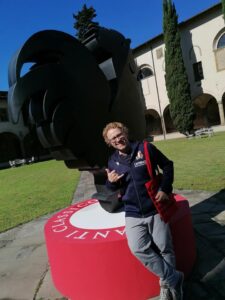
Always a big ”Thank You” to my colleague and friend Liz Palmer !
Filippo Magnani
#italianwine #italy #italianwinelovers #tuscany #chianticlassico #tuscany #chianti #toscana #wine #winelover #vino #italy #winelovers #sangiovese #winetasting #chiantilovers #instawine #redwine #visittuscany #italianwine #winery #travel #tuscanylovers #discovertuscany #GranSelezione #ChiantiClassicoPassport #winelife #madeinitaly

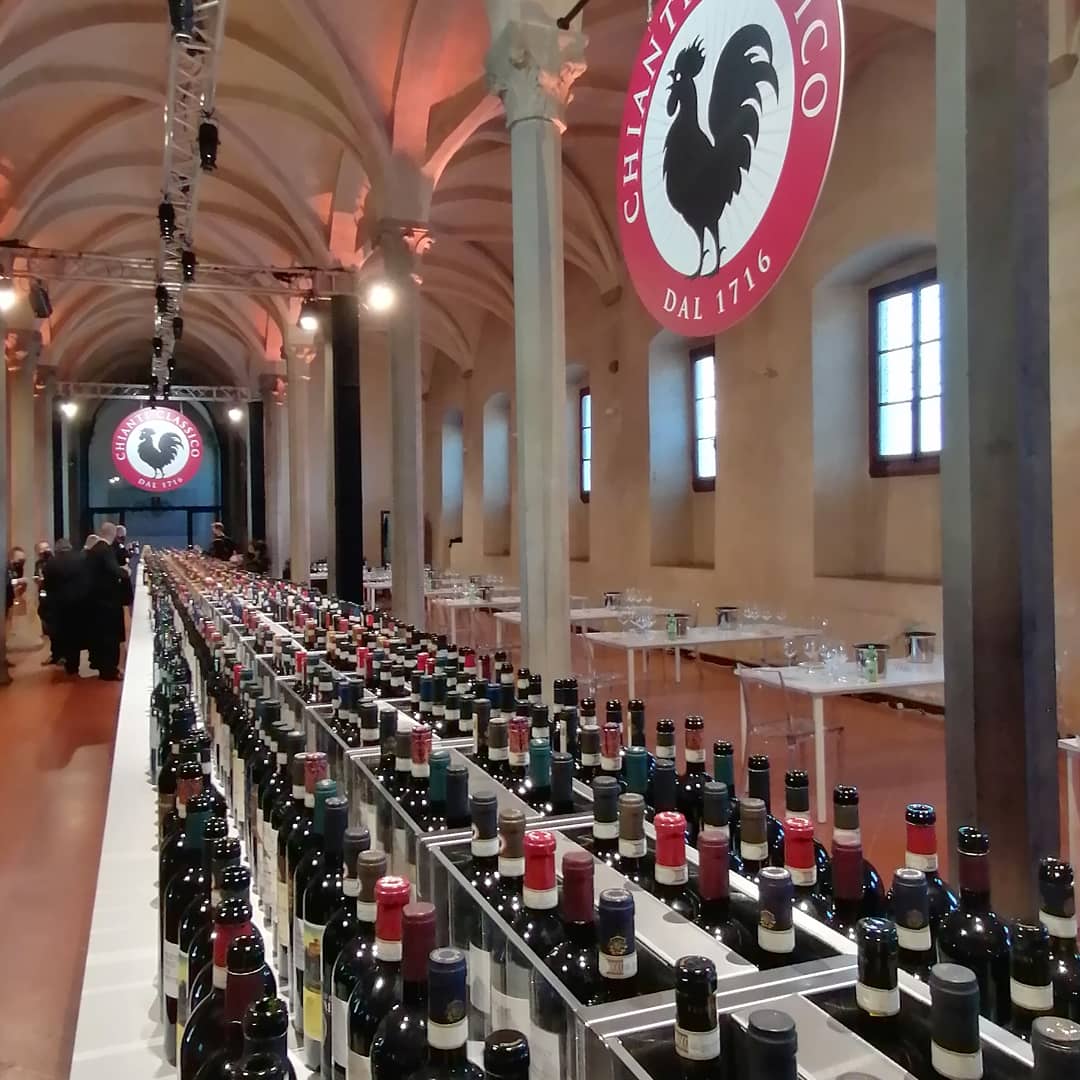
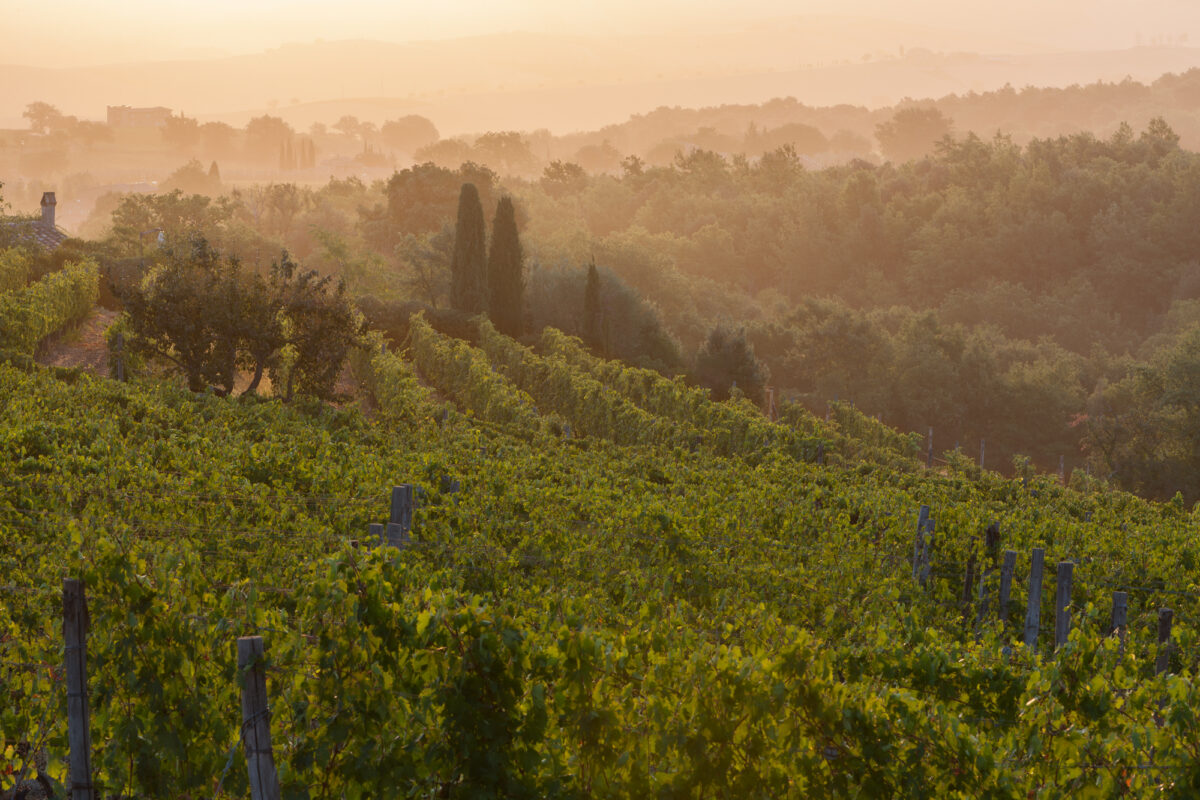
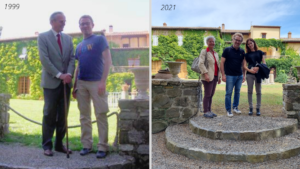 On July 8th I was thrilled to be invited to the estate of the renowned Brunello producer, Biondi Santi. I also had the pleasure to taste their magnificent wines. It has been a great honor for me to be back in the place where the legendary Brunello di Montalcino has been created.
On July 8th I was thrilled to be invited to the estate of the renowned Brunello producer, Biondi Santi. I also had the pleasure to taste their magnificent wines. It has been a great honor for me to be back in the place where the legendary Brunello di Montalcino has been created.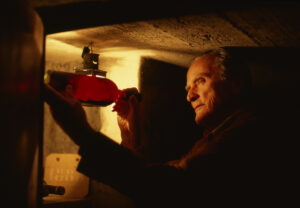
 After many years and long tradition in the wine production, the new generations of the family, Jacopo Biondi Santi and his son Tancredi Biondi Santi initiated a major change and evolution for Tenuta Greppo, welcoming a new partner in the leading of the estate to be able to continue the enduring commitment of producing outstanding wines. Today the winery is under the guidance of Christopher Descours, proprietor of the EPI Group, who leads hand in hand with an extremely qualified Italian team. An important strategic alliance driven by the great respect for the bicentenary know-how in the vine growing and by the common goal of reaffirming once again Biondi-Santi among the most special and desired wines in the world. The vision of the new partner was endorsed immediately by Giampiero Bertolini who was appointed as CEO in November 2018 standing at the helm of the historic winery today.
After many years and long tradition in the wine production, the new generations of the family, Jacopo Biondi Santi and his son Tancredi Biondi Santi initiated a major change and evolution for Tenuta Greppo, welcoming a new partner in the leading of the estate to be able to continue the enduring commitment of producing outstanding wines. Today the winery is under the guidance of Christopher Descours, proprietor of the EPI Group, who leads hand in hand with an extremely qualified Italian team. An important strategic alliance driven by the great respect for the bicentenary know-how in the vine growing and by the common goal of reaffirming once again Biondi-Santi among the most special and desired wines in the world. The vision of the new partner was endorsed immediately by Giampiero Bertolini who was appointed as CEO in November 2018 standing at the helm of the historic winery today. 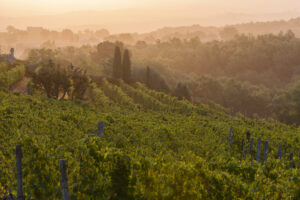
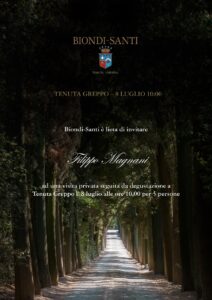
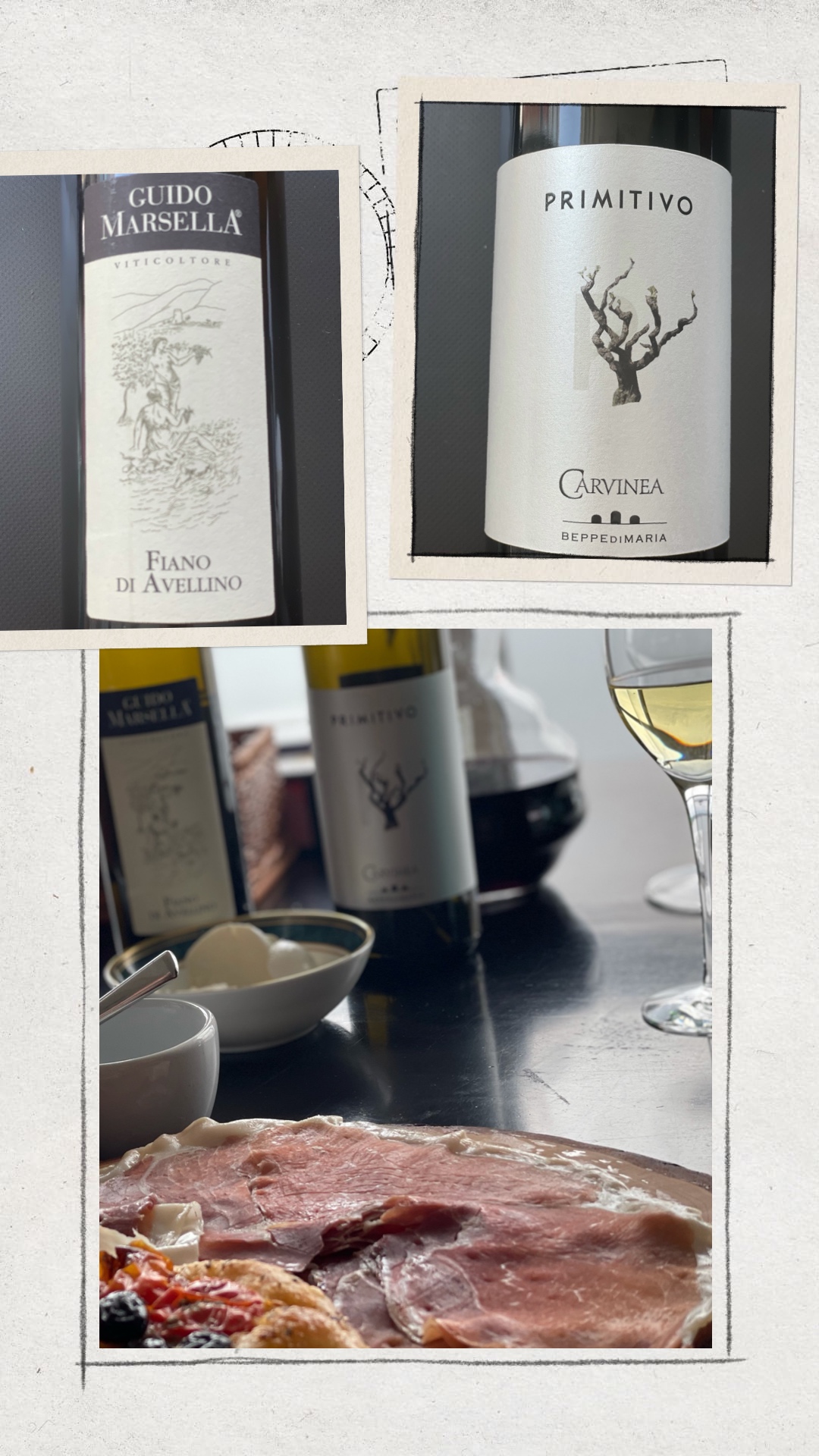
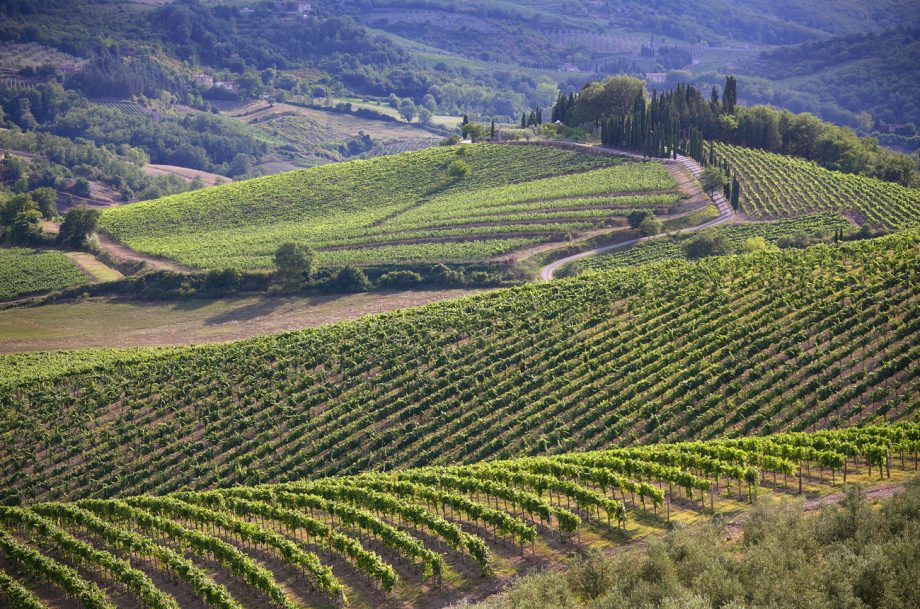
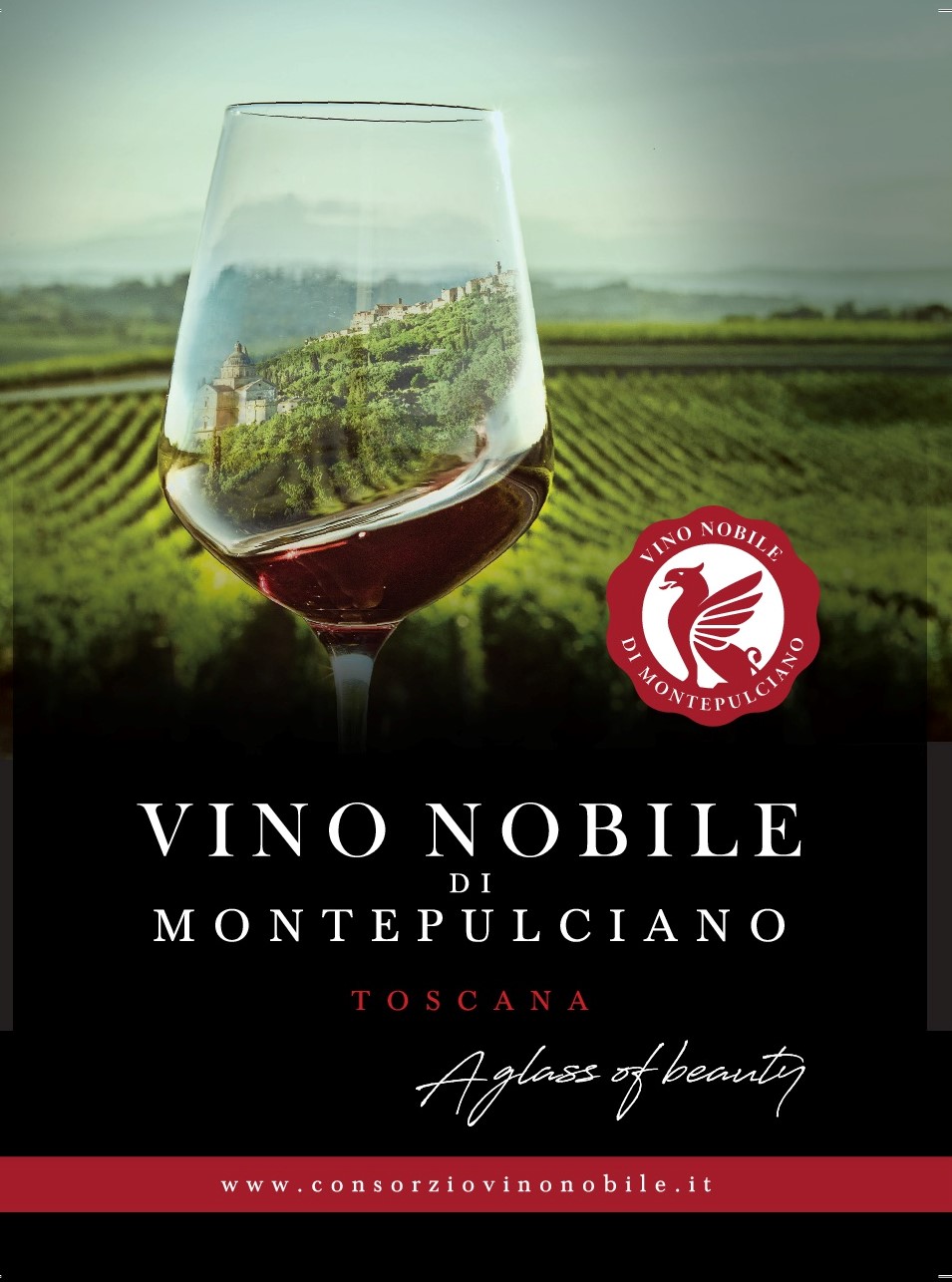
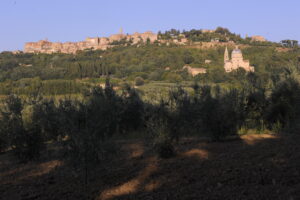
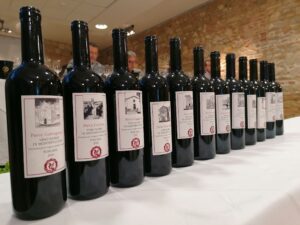
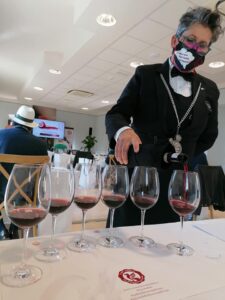
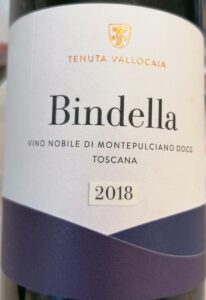
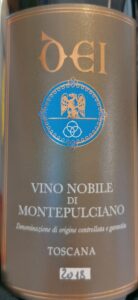 Winery: Dei
Winery: Dei 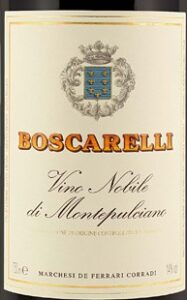
 Winery: Poliziano
Winery: Poliziano 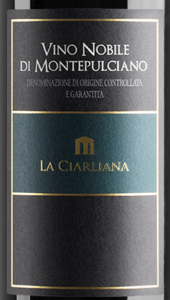 Winery: La Ciarliana
Winery: La Ciarliana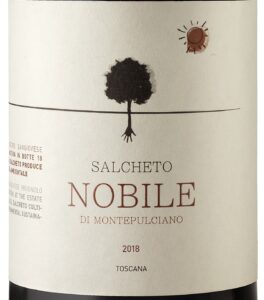 Winery: Salcheto
Winery: Salcheto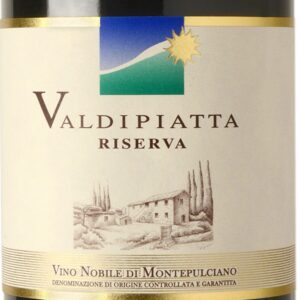 Winery: Tenuta Valdipiatta
Winery: Tenuta Valdipiatta 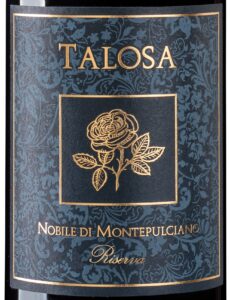 Winery: Tenuta della Talosa
Winery: Tenuta della Talosa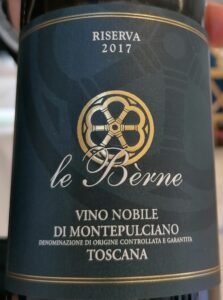 Winery: Le Berne
Winery: Le Berne 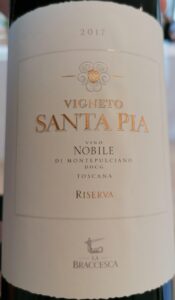 Winery: La Braccesca
Winery: La Braccesca